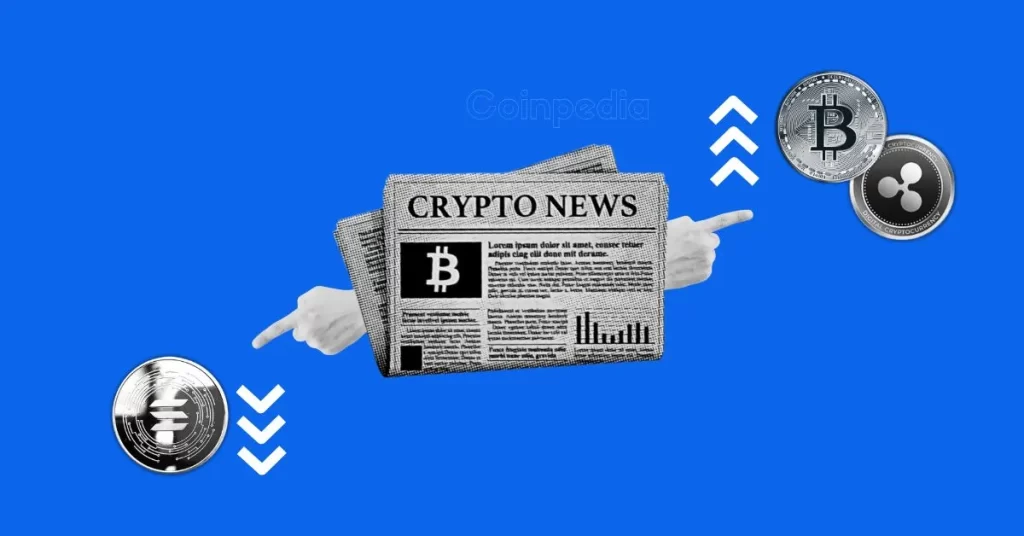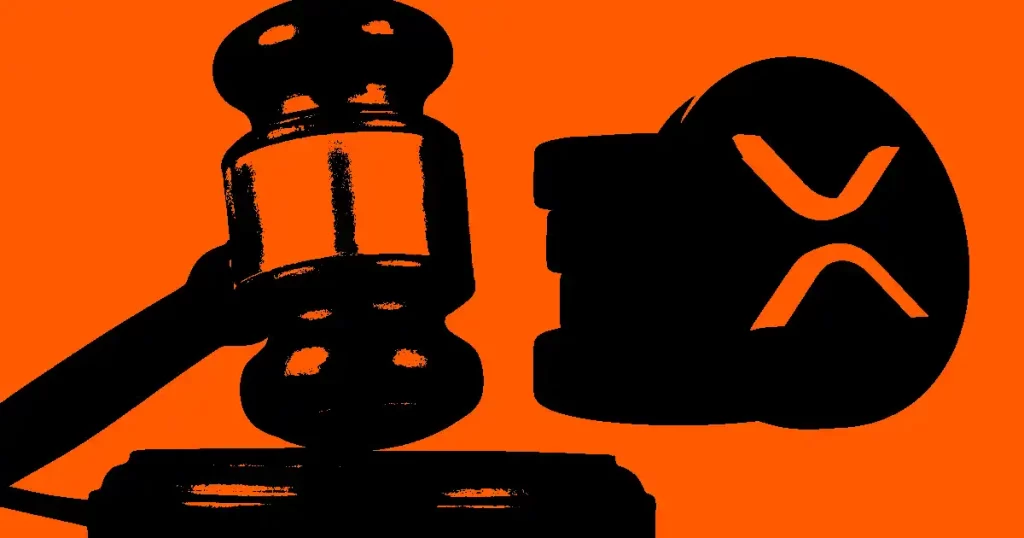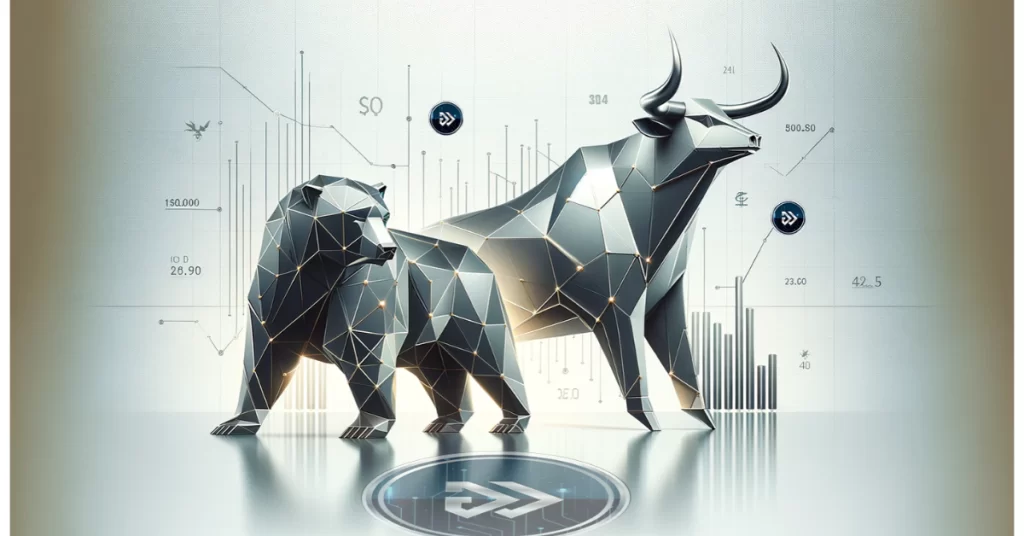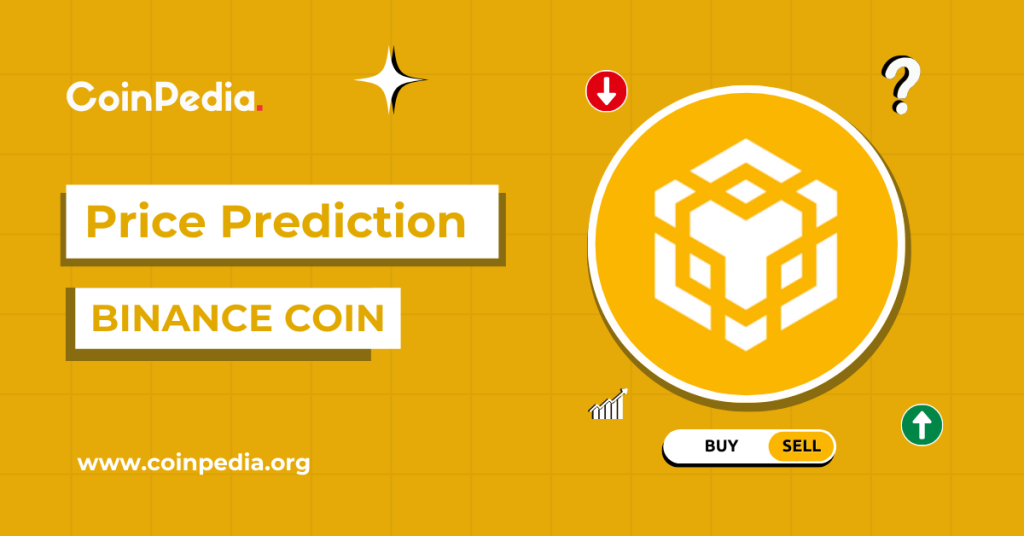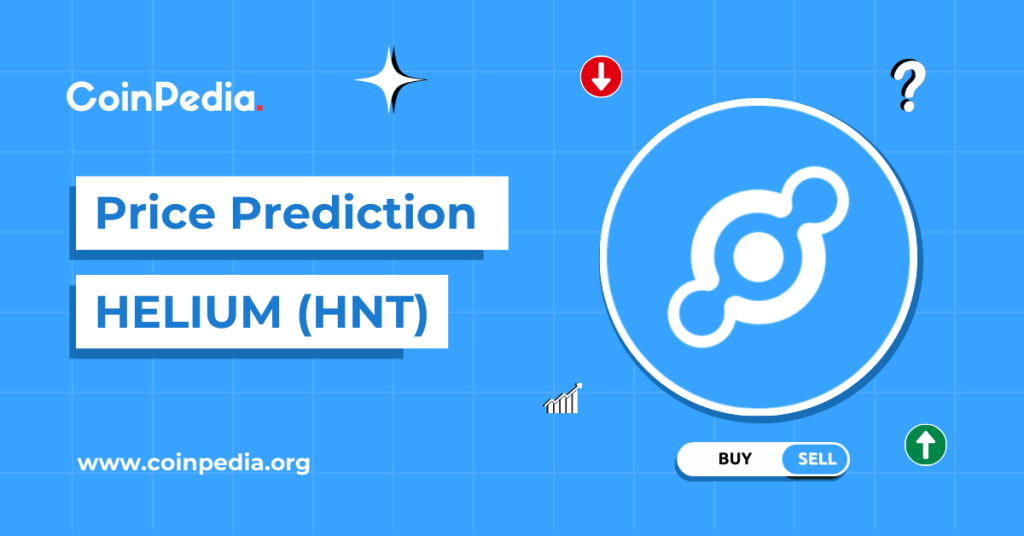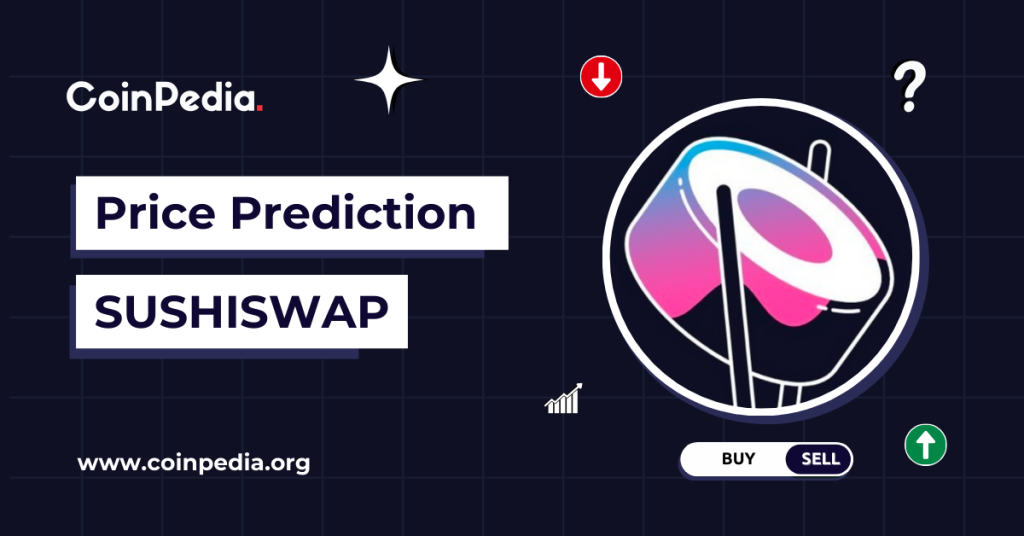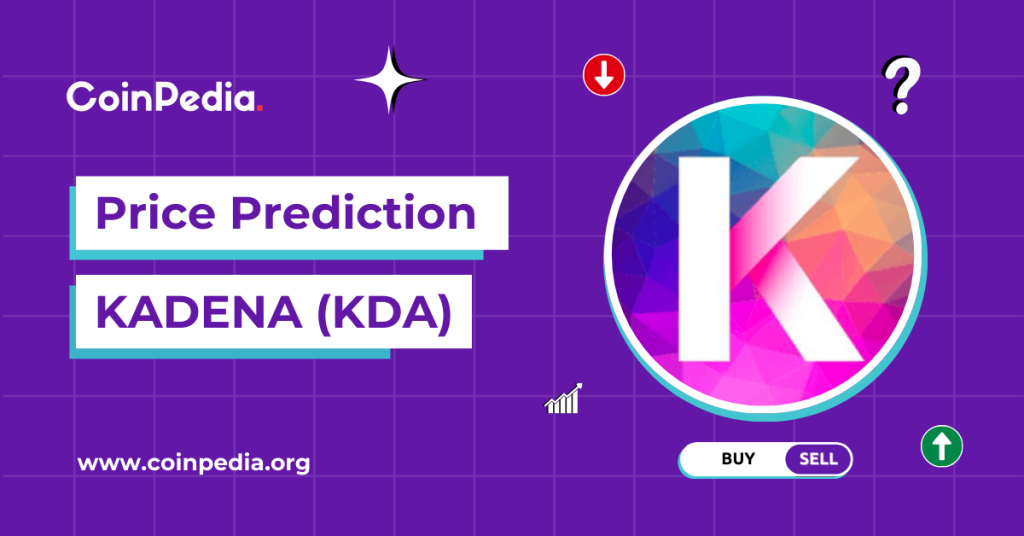2023-04-25 07:39:56
Monero: An Ideal Long-Term Opportunity In Digital Assets? (Fundamental Analysis)
Summary Monero is a well-designed privacy coin with features that give it some important advantages over Bitcoin. These advantages include privacy, better fungibility, ASIC resistance, dynamic block size, a faster block time, and a very objective community. Monero is misunderstood and undercovered, making it a sort of “deep value” play in the digital assets space. There are some common criticisms of Monero, and I address them. The ultimate risk of Monero is that it nevertheless fails to make known its benefits as a decentralized money candidate. I rate it a speculative buy. Monero ( XMR-USD ) is a privacy-focused cryptocurrency that was first launched in 2014. It has gained a reputation as one of the most secure and anonymous digital currencies available and it is probably the cryptocurrency which best exhibits the physical qualities of money. Yet, it isn't talked about much in crypto industry circles or on investment sites. This article brings some clarity onto what XMR is and what its investment merits are. The bottom-line up front is that XMR has a lot of strengths as a cryptocurrency aiming to be money due to its fungibility and greater potential for decentralization. Much of this potential does not seem to be priced in when we compare its market capitalization to that of Bitcoin ( BTC-USD ), the dominant cryptocurrency aiming to be money. The drawback is that Monero is yet to achieve the kind of network effect Bitcoin enjoys, and this is probably its biggest headwind. Monero's Features Monero aims to be money. Among all cryptocurrencies, XMR probably best meets the physical characteristics of money: Scarce and Unduplicatable - There needs to be, at any given moment, a limited amount of money and an assurance that new money cannot suddenly be introduced into the money supply by people duplicating it. Transportable - Money should be convenient to move around. Divisible - Money can be divided into smaller and smaller units. Fungible - Each unit of money meant to be a certain value is identical and indistinguishable from other units also meant to be that certain value. Durable - Money must be able to withstand wear and tear so that it can be used repeatedly. Bitcoin is not truly fungible. Every satoshi on Bitcoin has a public transaction history which can be traced back to when it was first mined. Imagine if each dollar bill came attached with a list of who owned it previously, and that this list stretched all the way back to when the bill was first printed. Also imagine if anyone could have access to the list on any dollar bill. The result would be that dollar bills would no longer be fungible. Some bills might be worth more because they were once owned by a celebrity. Some bills might be worth less because they were used by criminals and people understandably don't want to be associated with illicit activities. BTC suffers from this exact problem because the entire transaction history of each BTC is always visible to anyone. There is an ongoing discussion of how Ordinals NFTs, a technique of inscribing data onto individual satoshis, will permanently mark certain satoshis and forever reduce the fungibility of the network and hurt BTC's chance of becoming money. Because Bitcoin is a publicly accessible and totally transparent database, it runs the risk of having satoshis used to store data for other things. Imagine dollar bills being used as tiny canvases for paintings or a place to write down intellectual property. If this happened to a lot of dollar bills, the effective supply of fungible bills would be in question. Monero does not have this issue because the blockchain is designed for privacy. Without getting into overly technical details, Monero ensures privacy and security through a combination of three cryptographic techniques: Stealth Addresses - In a normal blockchain, sending crypto involves the recipient's public address. Everyone can see that the recipient received it. On Monero, the sender uses the recipient's public address to generate a one-time stealth address which receives the funds for the recipient. Only the recipient's private key can access the funds in the stealth address. Different stealth addresses generated from the same public address cannot be linked together or traced to the public address. Ring Signatures - Monero mixes users' transactions with that of other users so that it is difficult to trace which transaction came from which original source. A given transaction can come from a "ring" of different equally probable sources. Ring Confidential Transactions - Monero hides the amount sent within transactions as well using a variation of ring signatures. These techniques ensure that the sender, receiver, and transaction amount are all hidden from the public. This is functionally as private as transactions using physical dollar bills. This privacy creates an unknowable transaction history and guarantees XMR's fungibility. By being digital, XMR is also much more transportable and divisible than physical currency. As a proof-of-work (PoW) blockchain, Monero has the potential for the same amount of security and immutability as Bitcoin. PoW ensures illegitimate transactions can only be processed if the perpetrator performs more computational work than the rest of the network. The larger the network, the harder it would be to cheat the intended spending mechanisms. Monero is better than Bitcoin insofar as being a blockchain that promotes decentralization. Monero uses the ASIC-resistant RandomX mining algorithm. ASIC means "application-specific integrated circuit." While ASICs can be specifically optimized for Bitcoin mining, they cannot be optimized for Monero mining. The result is that Bitcoin miners will require capital-intensive investment into ASICs to remain competitive while anyone with a normal personal computer can be competitive as a Monero miner (one could still get more computers to be more competitive in Monero mining, but the point of ASIC-resistance is that it would be hard to specifically optimize computers with the intent to use it for mining XMR). This increases Monero's potential for greater decentralization because barriers to entry and profitability are lower. In contrast, a large percentage of Bitcoin's hash rate belongs to several large-scale mining rigs filled with ASICs. Another benefit of Monero is its dynamic block size . While Bitcoin blocks have a hard cap on how big they can be (currently at about 4 MB depending on the type of transactions in the block), Monero's miners can increase the block size to service an increase in transactions. Block size limits drive up transaction fees during times of high transaction demand because fee bidding determines which transactions are included in the next block. A dynamic block size allows Monero to expand the transaction capacity, effectively creating more supply to meet demand increases and keep prices stable. Furthermore, the Monero network takes an average of 2 minutes to add a new block. Bitcoin takes an average of 10 minutes. As a result, Monero transactions appear and are confirmed faster. The table below compares the two. Together, the dynamic block size and the faster block time affords Monero a better overall user experience. Comparison between Monero and Bitcoin block times (Monero.how) All these features-privacy, fungibility, ASIC-resistance, dynamic block size, faster block times-collectively give Monero an edge over Bitcoin at being decentralized money. Currently, Bitcoin's only strength as far as this comparison goes is that its hash rate is much higher than Monero's. The chart below shows just how true this is. I had to show the logarithmic scale because Monero is on the horizontal axis in a linear scale chart. As of April 2023, Bitcoin's hash rate is 370 x 10^18, Monero's hash rate is just under 3 x 10^9. XMR and BTC hash rates in the last 3 years (BitInfoCharts) But this alone warrants a higher price for Bitcoin. Hash rate embodies the work used to secure the network. Even though Monero as a tech stack is superior to Bitcoin, it simply does not have Bitcoin's security. If a portion of Bitcoin miners decided to 51% attack Monero, they could succeed because they have much more computing power. Of course, Monero's ASIC-resistance does offer some protection against such an event. Monero might be better protected than say Bitcoin SV ( BSV-USD ) or Bitcoin Cash ( BCH-USD ). Those two Bitcoin hard forks have much higher hash rates than Monero, but they are not ASIC-resistant. The robustness of the ledger will always be critical to the long-term adoption of any decentralized currency. Monero's smaller hash rate is a weakness it must overcome to increase its market share. The frustrating reality Monero believers must come to terms with is that Monero's superior features do not matter if the ledger isn't secured by a high hash rate. This is the same headwind faced by BSV and BCH. Both blockchains add interesting things to Bitcoin but neither coin (nor XMR) is even in the top 10 of cryptocurrencies by market cap. Monero's Headwinds Bitcoin's dominance in hash rate is a testament to its superior network effect. This network may be the biggest headwind for XMR adoption. People who enter the crypto space hear about BTC first. Prospective miners usually aim to be Bitcoin miners. This is a flywheel effect which continuously reinforces Bitcoin's security and dominance. Monero might escape this cycle if the Monero community can sufficiently educate enough people about Monero's benefits. The good news is that there are several real benefits which aren't exceedingly hard to communicate or understand. For investors who believe strongly in finding misunderstood but established assets, XMR likely presents one of the most attractive opportunities in the entire digital asset space. The bad news is that XMR's real benefits need to be actually realized by users, and this process could take a very long time. Even the process of educating people about Bitcoin can take a while and understanding Bitcoin is pretty much a prerequisite for understanding Monero and its advantages. Another headwind is that Monero's emphasis on privacy allows it to be unfairly but understandably associated with illicit activities. This makes the "public relations" for Monero trickier to navigate. BTC is more traceable than cash, and this fact automatically nullifies any serious arguments of BTC being useful for crime. XMR, on the other hand, is nearly the perfect tool for criminals who desire an untraceable medium of exchange. The only way it could be better is if people used it more often. Whether this means Monero ought to warrant negative government attention is a normative assessment. The fact is that it already has to some extent and will likely face increased regulatory opposition as it gains more recognition. Overcoming this headwind will also require educating the public. If enough people can see that XMR's privacy protection is a requirement to create a truly fungible decentralized currency, then the criminal use case may be regarded by the mainstream as an unfortunate side-effect of innovation. For example, the Internet enables cybercrimes, but no one seriously believes this is a good reason to shut down the Internet. Addressing Some Criticisms of Monero Some in the crypto community have raised criticisms of Monero. One such criticism is that Monero's "tail emission" makes XMR a perpetually inflationary asset, which seemingly runs contrary to sound money principles that BTC proponents tout as a major benefit of Bitcoin. First, what is the tail emission ? Bitcoin miners get a "block reward" in the form of an amount of BTC distributed to the miner when a new block is successfully mined. The specific amount of BTC is determined by a halving schedule , in which the reward is halved every 210,000 blocks (since Bitcoin's block time is 10 minutes on average, this works out to 2.1 million minutes, or one halving every ~4 years). Eventually, the reward will become smaller than a satoshi and the block reward will cease to introduce any new satoshis to the supply. This will occur in the year 2140, when all 21 million BTC will have been mined. Monero does a similar thing, except instead of a zero-block reward at a certain point, it does a 0.6 XMR block reward into perpetuity. This reward is called tail emission. Unlike Bitcoin, Monero halving has already ceased as of May 2022 and it is now in the tail emission phase. This is in fact inflationary, but not in the way the critics have framed it. A regular, fixed number increase in the supply is an asymptotically-zero percent inflation. XMR started tail emissions when there were about 18.132 million XMR in circulation. At a rate of 0.6 XMR per block and 2 minutes per block, this is a fixed 157,680 XMR added to the supply each year. The annual inflation rate would be this fixed 157,680 divided by an ever-increasing denominator of existing supply. Currently, the inflation rate is under 1% and it will only asymptotically approach 0. There is also the argument that tail emission is necessary to incentivize continuous mining. PoW miners are compensated through two sources: block rewards and transaction fees. The total compensation must exceed the cost of mining, which includes electricity and capital expenditures on mining machinery, for miners to remain profitable. Because there may not always be transactions to include in blocks, miners might experience periods without earning any transaction fees. Unless the block reward can compensate them, there is a chance that the network will experience a significant decrease in mining activity and therefore a decrease in security. Some people view this as a ticking time bomb for Bitcoin security. When the BTC block reward becomes 0, the miners would be solely reliant on consistent fees revenue. Because there may or may not be (consistent) fees, it follows that there may or may not be stable security once block rewards go to 0. To this point, one could argue that by 2140 if Bitcoin has achieved sizeable adoption, then there probably will be consistent fee revenue. Usage should at least be global and spanning all time zones, so every moment will have users "in business hours." Another criticism of Monero is that privacy isn't really a necessary feature since the effect can be replicated on Bitcoin using privacy-oriented wallets and other backward-compatible upgrades (soft forks). While these are technically solutions for privacy on Bitcoin, they are not mandatory for all users. This has the effect of reducing the anonymity set and singling out people who opt for privacy. Because there is an additional step (and cost) for privacy, there may be some implication of culpability for all who do it. In contrast, privacy is the default on Monero and there isn't really a way around that. This of course might imply that everyone using Monero has a similar implication of culpability, but that argument must dismiss all the other reasons to use Monero outside of privacy. With Bitcoin, users opting for privacy are clearly opting for privacy whereas Monero users might be in it for the faster block time or lower barriers to mining. Monero is sometimes criticized for being centralized because it has a history of hard forks every few months. ASIC-resistance is a quality that requires regular hard forks because specialized mining software and ASIC-resistant software are effectively locked in a constant arms race. Privacy is also an arms race because new encryption and cryptographic technologies are always being conceived. Monero developers have been vigilant in studying these developments and implementing them. The issue with the centralization critiques is that hard forks are agreed upon by the vast majority of the Monero community - the software upgrades are widely perceived as beneficial to the network. No one is forced to comply with the forks by updating their software, but in fact most of the community voluntarily do so anyway. Older versions of Monero are basically inactive and the newest fork is always the undisputed, canonical chain. A good comparison with Bitcoin is that while Bitcoin users tend to prefer the older version, Monero users tend to prefer the newer version. It is unreasonable to say one set of users is more centralized than the other if every individual in both sets are just doing what they want. Monero's Undermentioned Tailwind Monero has an extremely objective and intelligent community. As I researched (and continue to research) Monero, I was very impressed by the community's honesty and culture. Because cryptocurrencies like Monero lack a central planner for its activities, the community becomes a substitute akin to gaining insight into how "management" or "governance" works. Unlike the Bitcoin community, Monero doesn't seem to have extremely outspoken "maximalists" or "maxis" who regurgitate bite-sized talking points and angrily dismiss acute criticisms. Maximalism sometimes approaches religious fanaticism in cryptocurrencies like Bitcoin and Ethereum. It is off-putting to newcomers, it strengthens groupthink and confirmation bias, and it is generally just stupid. As a community, Monero does " Skepticism Sundays " on Reddit where criticisms are encouraged. The guidelines specifically say: Please stay on topic: this post is only for comments discussing the uncertainties, shortcomings, and concerns some may have about Monero. NOT the positive aspects of it. Discussion can relate to the technology itself or economics. Talk about community and price is not wanted, but some discussion about it maybe allowed if it relates well. Note that XMR price is not a desired topic. Note that positive aspects (which add to confirmation bias) are not allowed. Note that these discussions occur every Sunday. This is just one example of the healthy culture in Monero being a tailwind for iteratively developing the best decentralized currency. It is precisely this willingness, even discipline, to openly discuss shortcomings that allows Monero to maintain cohesion after numerous hard forks. The community is well aligned with the overall mission for privacy, security, and decentralization and tech upgrades are seen as the means to achieve this mission. It is yet to reach critical mass because most people simply don't know about Monero. All they see from crypto are Bitcoin, altcoins, and some memecoins and their "analysis" is little more than drawing lines on the chart. Should You Buy XMR? I am not long XMR, though I hold the technology and its community in very high regard and plan to personally contribute to Monero in the future. It's probably clear from this article that I like Monero as a technology over Bitcoin. Monero is like a better version of Bitcoin in almost all ways except the current hash rate. But hash rate is a major factor and its importance cannot be overstated. XMR is a speculative bet that a good amount of people will realize Monero's edge and choose XMR over BTC. A lot of them might decide that the low barriers to mining is worth an attempt to participate in the network. This would increase Monero's hash rate, security, decentralization, and network effect. Concurrently, some people who transact with BTC might decide to use XMR instead. XMR's market cap is $2.9 billion while BTC's is $531 billion - BTC is over 180 times larger than XMR. If these things occur and XMR gets to just 5% of Bitcoin's market share, XMR could easily be a multi-bagger from present levels. Assuming the market cap scales with market share, this would be about a ~10x increase. But this might never occur, and BTC might never even catch on. This is of course a ubiquitous risk for digital assets. I think there is a margin of safety which comes from an uninformed and presently uninterested public. This is based on Monero's very real merits and its relatively small size compared to Bitcoin, and on how undercovered and even "miscovered" (coverage tends to be focused on illicit use cases and little else) XMR is. Thus, I rate XMR a speculative buy - a good chance of going nowhere but a visible path to outsized profits. XMR appears a great "deep value" play in digital assets today. If there was a clearer method for educating people about Monero with a high probability of success, I would be pretty comfortable with giving a strong buy rating and personally taking a big position. This would be the catalyst for the deep value to materialize. The problem with going long right now is that it isn't convenient. Most crypto exchanges available in the US don't have XMR as a tradable asset. XMR's privacy renders KYC utterly meaningless. Since sender, receiver, and amount transacted are all hidden, no one can tell what happens to the XMR after someone buys it from an exchange and moves it to a self-custodied wallet. Another way to get XMR is to mine it. Because of ASIC-resistance, a normal personal computer can be used to join a mining pool and start earning XMR from block rewards and transaction fees. There are plenty of options to start mining XMR with a personal computer. So, should you invest? The answer is an admittedly anti-climactic: "it depends." It depends mostly on your investment style and whether you want to take the time to get familiar with the nuance of owning a highly promising digital currency and privacy technology.
La maggior parte ha letto le notizie





